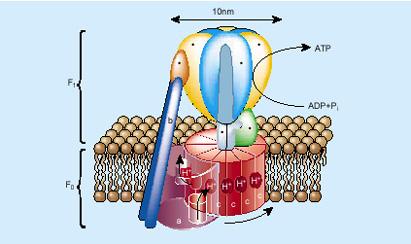They find a metabolic pathway of nitric oxide generation from amino acids in plants.
2024/01/11 Elhuyar Zientzia Iturria: Elhuyar aldizkaria

A study, led by the Public University of Navarra, has discovered a metabolic pathway for the generation of nitric oxide from plant amino acids, in collaboration with the University of the Basque Country/Euskal Herriko Unibertsitatea. They've also discovered the importance of oximes in forming this molecule.
In plant biology, they have been searching for this discovery for more than twenty years and claim that it can have agricultural and medical applications. The work has just been published in the scientific journal Molecular Plant.
Nitric oxide plays a fundamental role in many of the vital functions of living organisms. Animals have a nitric oxide formation enzyme called NO synthase, but plants, to form nitric oxide, mainly use a reduction process which consists in the uptake of nitrate and its conversion into nitric oxide by enzymatic processes by means of reductive nitrate.
However, the researchers wanted to know which metabolic pathway plants use to produce nitric oxide from free ammonium (which is used as fertilizer) and amino acids. The work of years did not yield good results due to various problems. In 2004, Science reported on these problems and recognized the importance of finding this metabolic pathway.
Research led by UPNA has revealed a new pathway: the generation of nitric oxide from enzymes called peroxidase, which act on certain chemical compounds, such as indolacealdoxime.
The results of the study show that this improves the tolerance of plants to stressful conditions, such as droughts or nutrient shortages. It can also affect plant nutrition, especially in environments of sustainable use of fertilizers.
On the other hand, the role of aldoximes in the generation of nitric oxide allows the expansion of research into human health, specifically the design of cardiovascular diseases and new drugs. It can also help you better understand the influence of some hormones (serotonin, melatonin), some compounds produced by intestinal bacteria and what happens in cancer cells and metastases.

Gai honi buruzko eduki gehiago
Elhuyarrek garatutako teknologia





